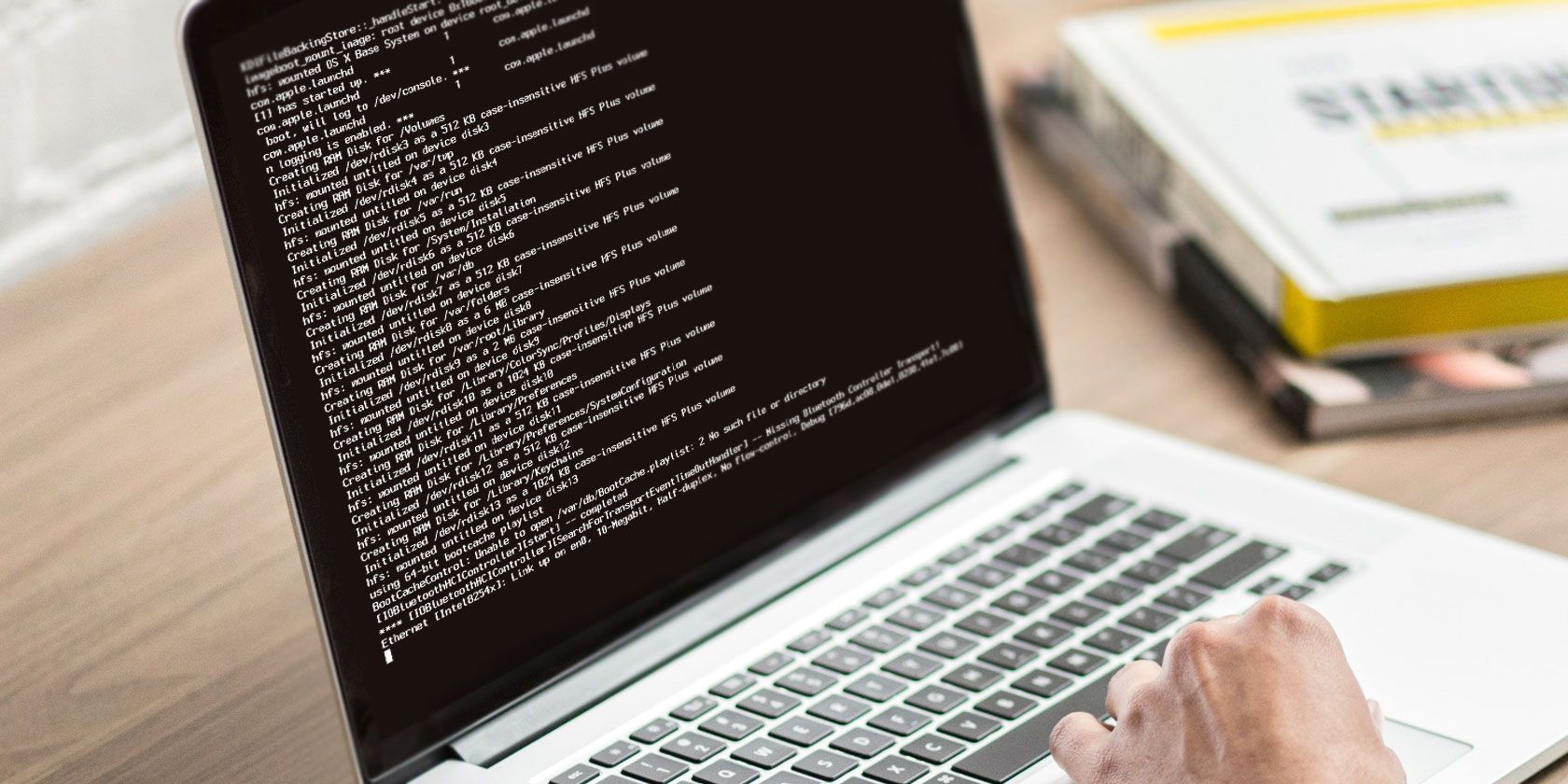

- #Disk repair for mac how to#
- #Disk repair for mac software#
- #Disk repair for mac free#
- #Disk repair for mac mac#
Single-User mode allows you to make changes to shared user resources. It’s a popular Unix tool for checking and fixing drive problems. If Safe Mode or performing first aid in macOS Recovery didn’t fix your problems, we’ll use fsck (file system consistency check). But in Intel Macs with the T2 chip, it’s necessary to enable “booting from external media.” In Macs with the M1 chip, there are no restrictions for booting from external volumes since each volume has its own security settings.
#Disk repair for mac mac#
If you have trouble booting into macOS Recovery, perhaps due to problem with your drive, you can start macOS Recovery over the internet (by holding Cmd + Option + R) or from the recovery volume located on an external drive instead.Īgain, it depends on the type of Mac you own. If Safe Mode didn’t fix your issue, performing this step should repair your disk and file system, which may not be possible when you use them as a startup drive. Once you’re in macOS Recovery, launch Disk Utility and proceed to run First Aid as discussed above. Press and hold the power button until you see a prompt that says “Loading startup options.” A set of one or more drives should appear along with a gear icon labeled Options. If First Aid finds any errors, it’ll attempt to automatically fix them. Macintosh HD (assuming you haven’t renamed the startup volume) Launch Disk Utility and click First Aid followed by Run, selecting volumes in the following order: When your Mac starts up, it performs a quick consistency check to scan the startup disk and to verify the partition scheme (the space where volumes exist) and volume directory structure (which catalogs the stored files and folders). But first, doesn't it make sense to ask what First Aid actually does? If you suspect problems with your startup drive due to performance issues or erratic behavior, running First Aid certainly won’t hurt. If your machine is running fine, this troubleshooting guide is not for you. You might see a black screen, you could get an error message, or your computer may hang on the white Apple logo. These tips are for instances where your Mac refuses to boot.
#Disk repair for mac how to#
We’ll show you how to use features like Disk Utility's First Aid, fsck, and tools built into macOS recovery to revive a Mac that refuses to start. Save yourself time and money by trying to fix it yourself.

You don’t need to take your machine to a service center for repair yet. macOS includes some simple fixes that can help get everything right straight away.
#Disk repair for mac free#
MacDrive includes FREE tech support and some of the fastest response times to phone and email support questions in the industry.Īnd we stand behind our software, if MacDrive doesn’t perform as promised, we offer a 30-day money back guarantee.There’s no need to panic if your Mac won’t start.
#Disk repair for mac software#
And we take the mission seriously. Unlike other software companies, our job doesn’t end when you purchase. Since 1996 we’ve built a reputation on being a rock solid cross-platform utility. Just as important as access your data is protecting it. And in the event that your Mac disks is having a problem, our robust repair feature can fix basic disk issues. From floppies to hard drives, MacDrive can handle almost any disk you toss at it. MacDrive also includes powerful features that enable you to create and partition Mac disks direct from your PC.

There is nothing to launch or learn, MacDrive makes Mac disks look and act just like any other disk on your PC.

Once you plug in your Mac disk, behind the scenes MacDrive works to seamlessly enable Windows understand HFS+ disks and allow you to read and write to the disk. Simple and easy to use, MacDrive is recognized as the leader for accessing Mac disks from Windows for almost 20 years.


 0 kommentar(er)
0 kommentar(er)
